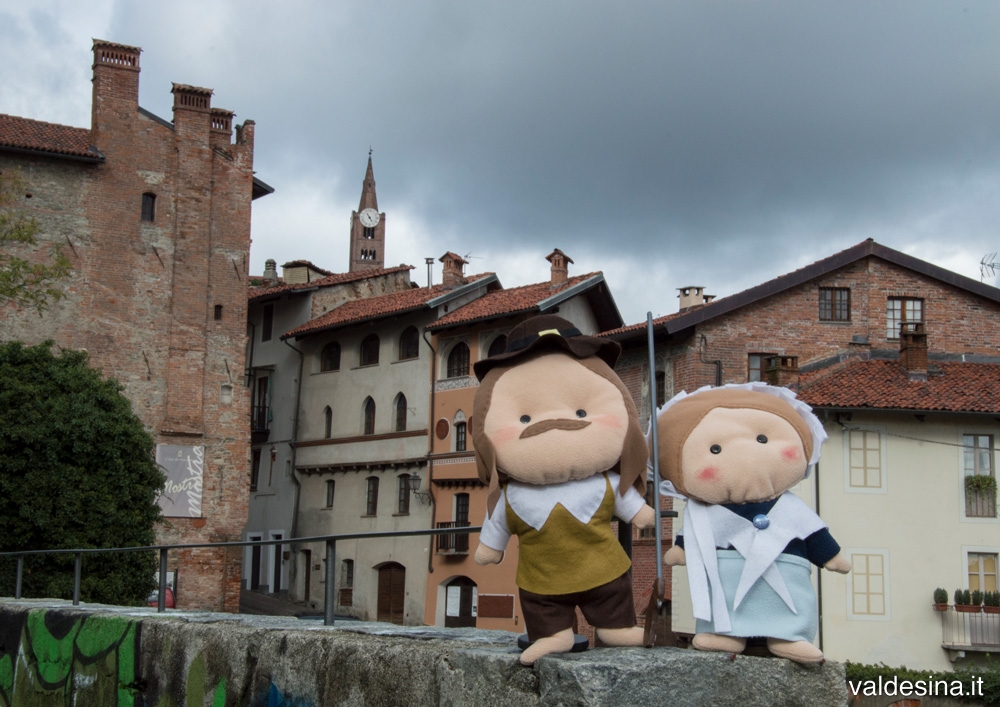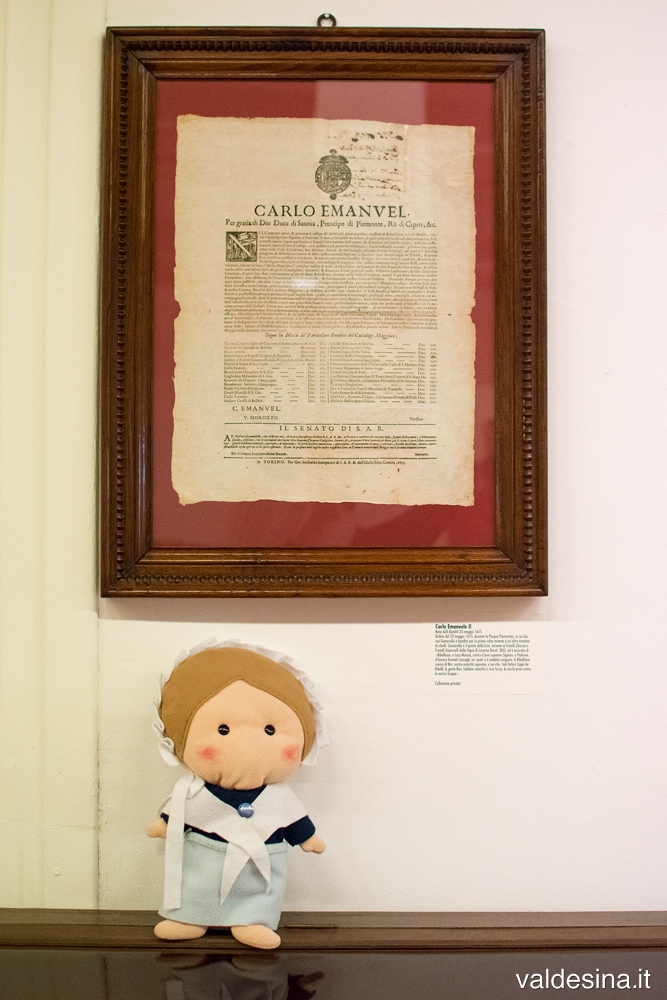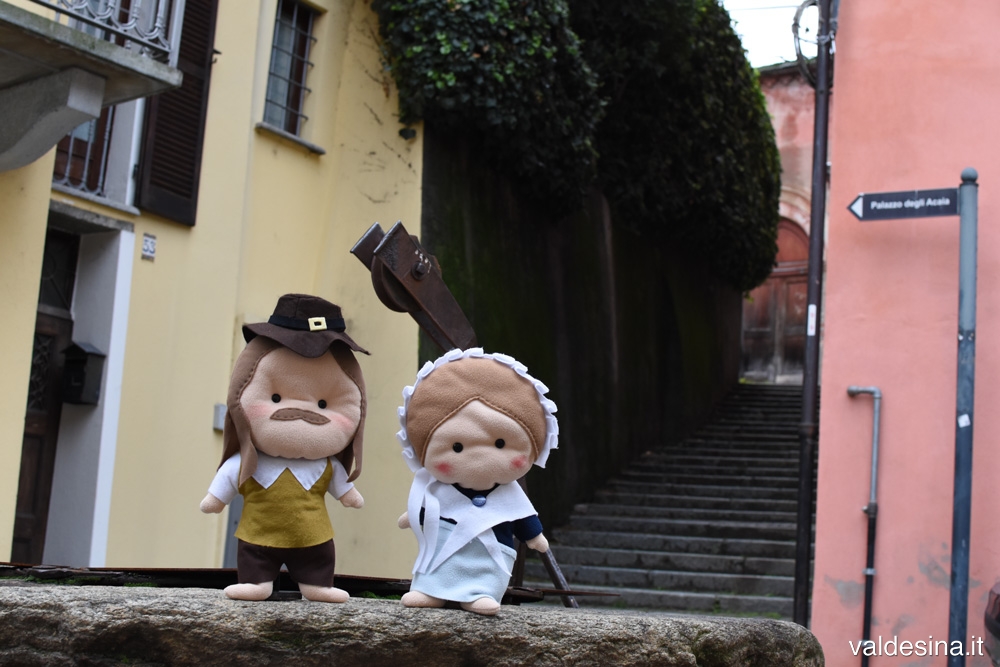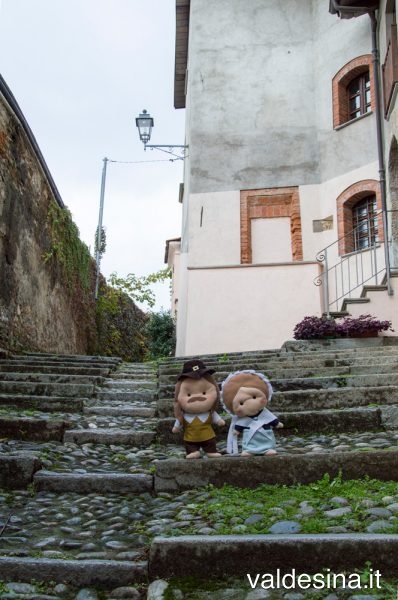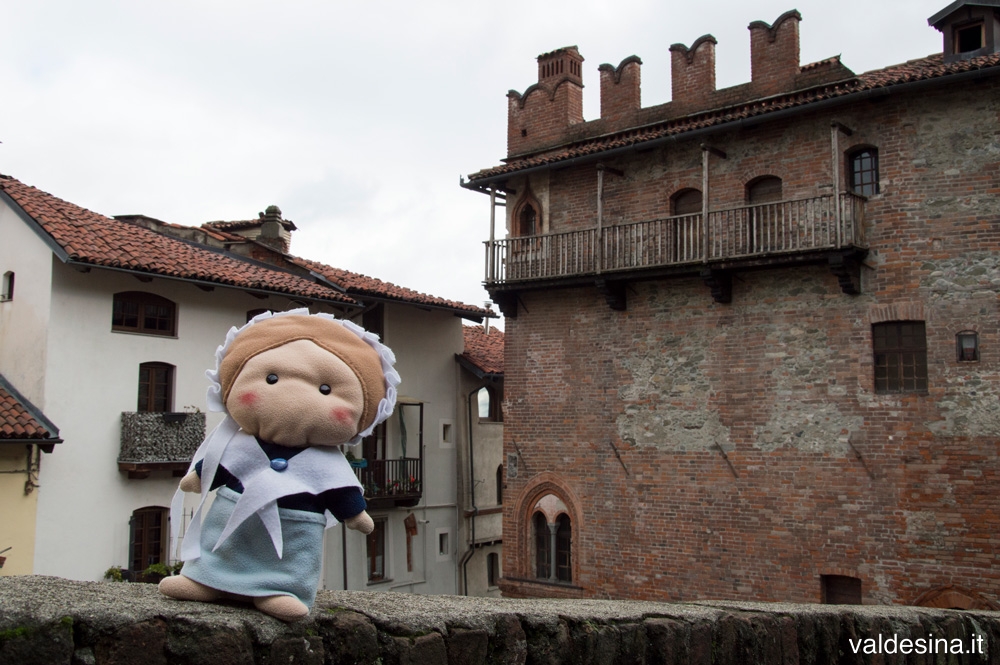Metropolitan City of Turin, Italy
Today I’m in Pinerolo to tell you another piece of the history of Waldensians, a history that in 1655 became an international affair.
During the spring of 1655 the Savoy, who ruled on the valleys around Torino, ordered a harsh repression on the Waldensians, who got massacred, obliged to convert and forced to leave their homeland. At the end of the hostilities of this period, known as Piedmontese Easters, the Duke of Savoy published a list of bandits which comprehended Giosuè Gianavello, who led the resistance in Rorà during the repressions, and the Waldensian Moderator, Jean Léger, both considered treacherous rebels.
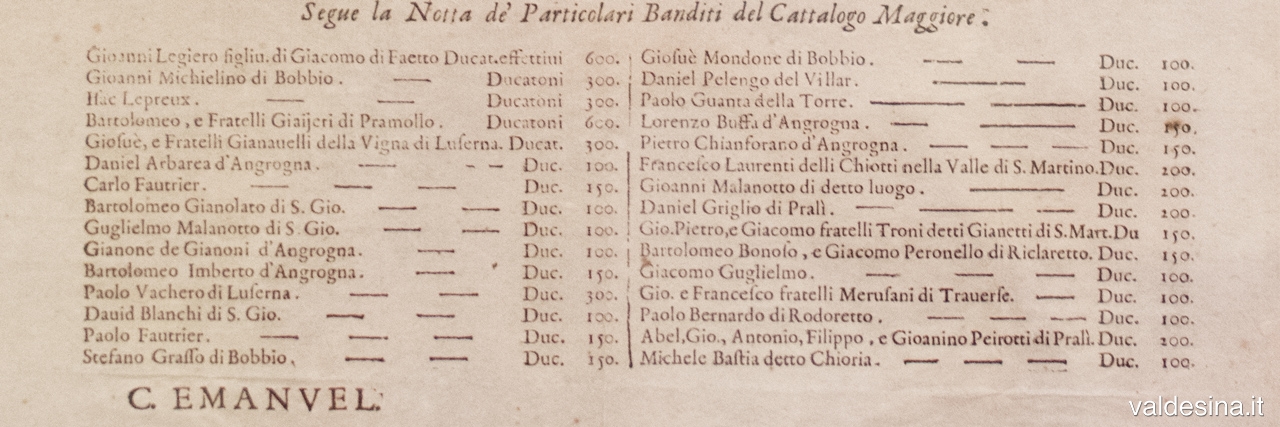
In april, Jean Léger left the Waldensian valleys and went to Paris, from where he wrote a series of letters to the international powers of the time to tell everybody what was happening to the Waldensian people and to ask for support.
The first one who got moved by the fate of Waldensians was Oliver Cromwell, Lord Protector of the Commonwealth of England, Scotland, and Ireland. His Secretary for Foreign Affairs, the great poet John Milton, sent in his turn a series of letters to European kings and governments. The one sent to the king of France, Louis XIV, was of particular importance: in that letter Cromwell threatened him to break every peace and friendship talk if he hadn’t acted in order to convince the Savoy to give more freedom to the Waldensians.
The Swiss cantons got into the affair, too, and sent a letter to Carlo Emanuele II to ask him to be more benevolent with the Waldensians. All this international pressure brought to the opening of negotiations carried by a French ambassador, who wanted to receive the approval of Cromwell, with the delegations of Savoy and Waldensians, which was led by Léger. The talks got to an end on the 18th of August 1655, when the Letters of Pardon were signed. In this document, the Duke of Savoy recognised to the Waldensians the freedom of worship and the right to live inside the borders defined in the past. Furthermore, the Duke forgave the Waldensians and granted the liberation of the prisoners.
But there was a clause that was signed only by the French ambassador and by the Savoy delegation: it concerned the building of a fortress in Val Pellice in order to assure the compliance with the treaty. This decision hardly displeased the Waldensians, but the objection were worthless: a few days after the signing, the construction of the Santa Maria Fortress in Torre Pellice began.
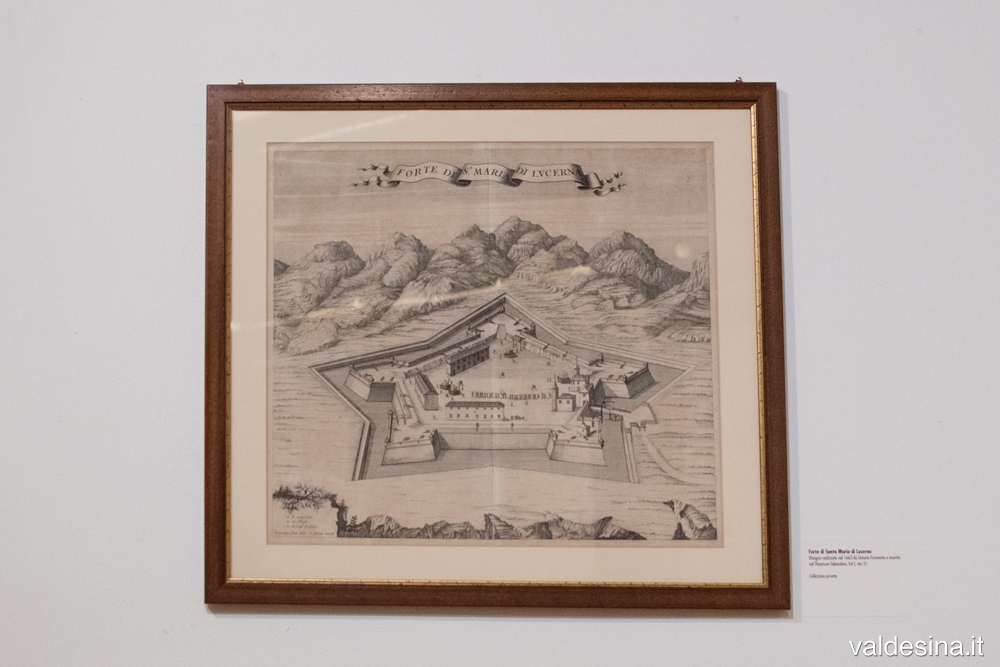
Given these premises, it’s easy to figure out why this peace wasn’t observed and why the hostilites between the Savoy and the Waldensians restarted in a short time with the guerrilla warfare by Gianavello and his men, marking the beginning of the War of the Bandits.
Do you want to read the tale in Italian ?
